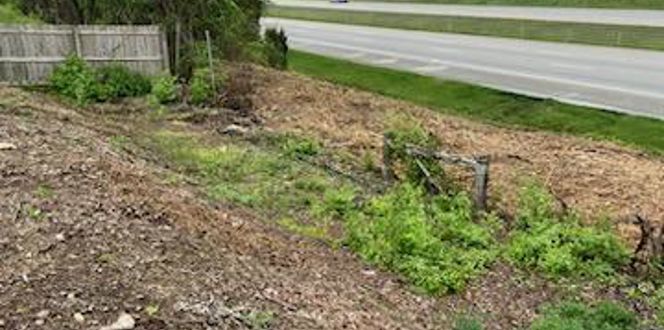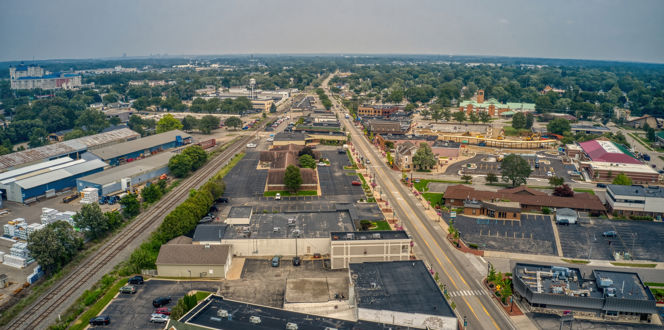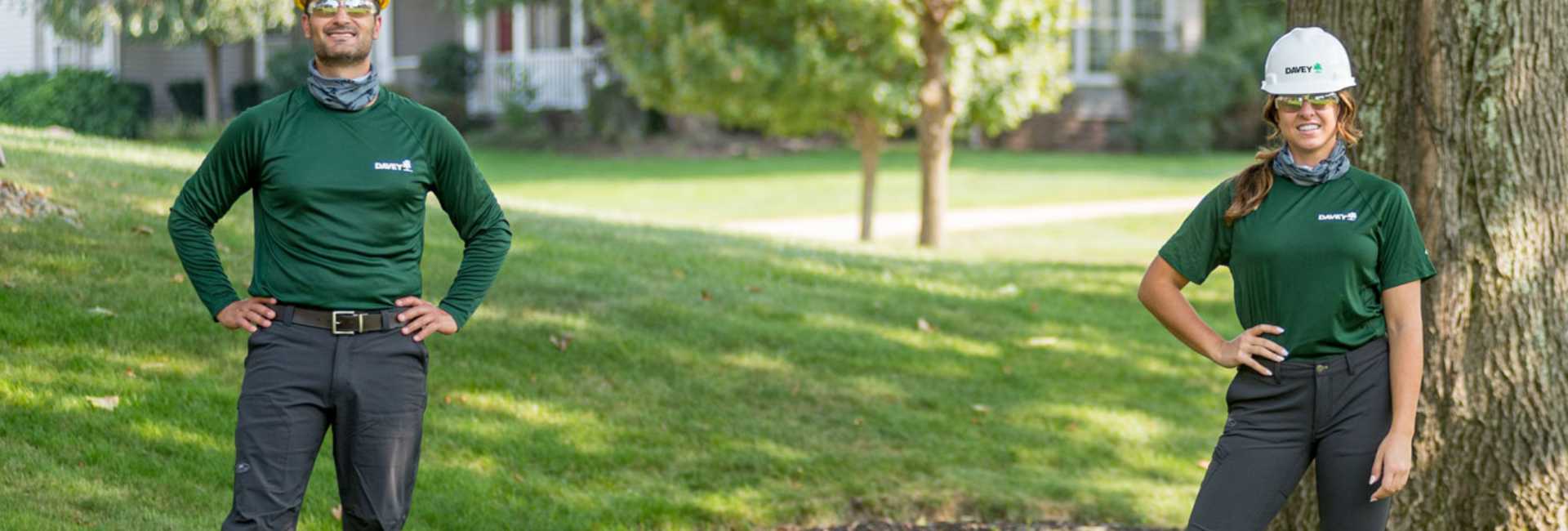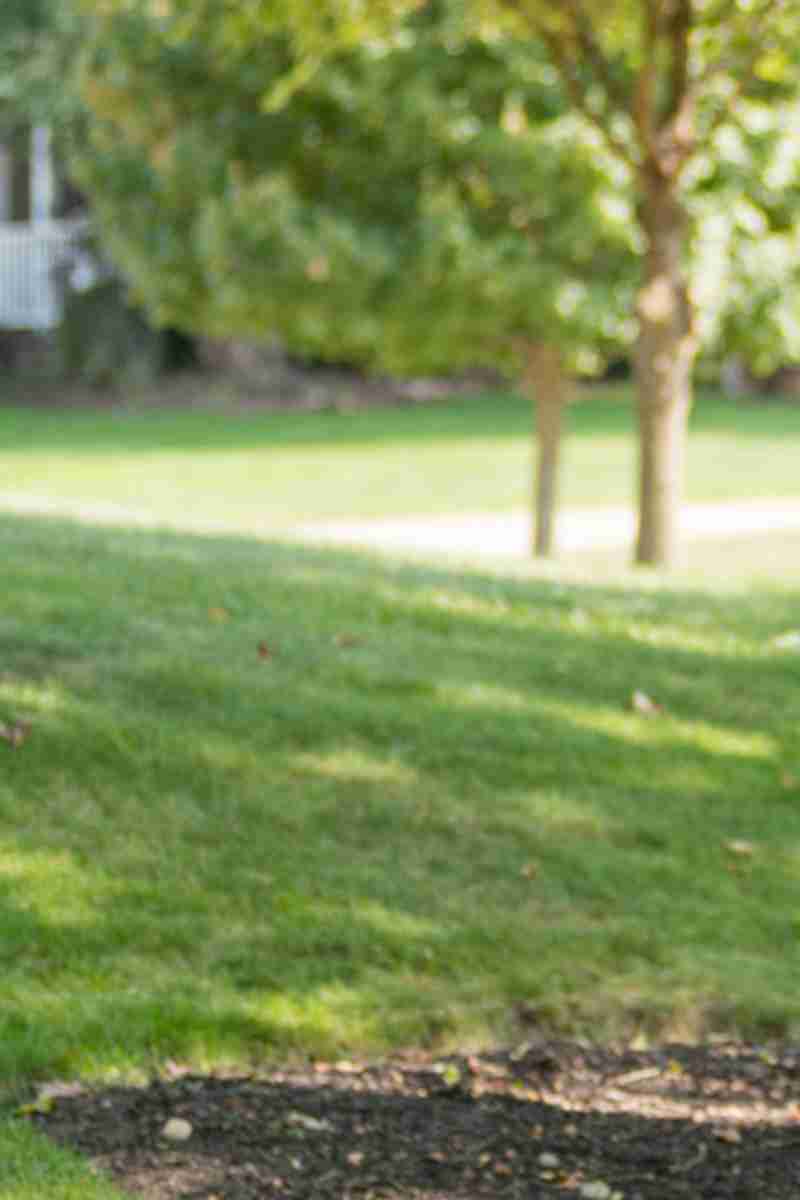Friends Of Long Pond, Nantucket Land Bank, Nantucket Conservation Foundation & Nantucket Pond Coalition
DRG collaborated with local organizations to manage phragmites regrowth in Long Pond's tidal wetlands. Through targeted planning, ISA-certified arborists applied spot spraying to minimize impact on native vegetation and wildlife.
Collaboration Is Key For Invasive Vegetation Control
Davey Resource Group, Inc. (DRG) collaborated with local non-profit organizations and land trusts to provide vegetation management services in the tidal wetlands of Long Pond. The project aimed to target the regrowth of phragmites in specific sections of Long Pond. Even though the native tidal plant community was slowly coming back after previous herbicide treatments, some patches of phragmites were still present. A targeted approach was used to give the native plant community a better chance to compete ecologically.
A focused, collaborative planning effort was undertaken to evaluate the best methods to accomplish the project goals and minimize any adverse impacts. The planning evaluated the location of the phragmites, access that would create the least disturbance, optimal seasons and weather conditions for the event, and methods of application. DRG provided a team of ISA-certified arborists with Massachusetts Commercial Pesticide licenses who are highly trained in vegetation identification and are licensed to operate aquatic vehicles (boats).
A Careful Approach To Herbicide Spraying
The selected approach was to spot spray in order to minimize impact on non-target vegetation, fish, and wildlife. The selected season was optimal for translocating the herbicide to the phragmites roots to achieve effective results. The work was designed to minimize drift outside of the treatment area. Treatment was conducted on low-wind days using back-pack-style canister sprayers and flat fan nozzles. This approach allowed for low-pressure spray applications close to the leaves.





